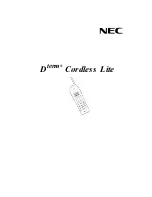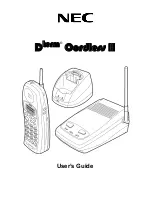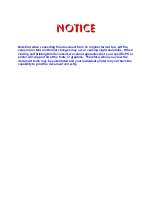
133
Glossary
Gigaset SL75 WLAN / en / A31008-M700-B112-1-7619 / glossary.fm / 24.4.06
Ve
rs
ion05.
08.2
005
N
NAT (Network Address Translation)
Method for converting (private)
IP
addresses
to one or more (public) IP
addresses. NAT enables the IP
addresses of subscribers (e.g. VoIP tele-
phones) in a
LAN
to be concealed
behind a shared IP address for the
router
on the
Internet
.
VoIP telephones behind a NAT router
cannot be reached by SIP servers (on
account of the private IP address). In
order to "get around" NAT it is possible
to use (alternatively) ALG in the router,
STUN in the VoIP telephone, or for the
SIP provider to use an outbound proxy.
If an outbound proxy is made available
you must allow for this in the SIP set-
tings for your handset.
Network
Group of devices. Devices can be con-
nected in either wired or wireless
mode.
Networks can also differ in range and
structure:
– Range: local networks (
LAN
) or
wide-area networks (
WAN
)
– Structure:
infrastructure
network
or
ad-hoc network
Network Adapter
Forms the connection between a
device and a local
network
(hardware)
and has a unique
MAC address
. Your
handset has a wireless network
adapter.
Network Name
See
SSID
.
Network subscribers
Devices and computers that are con-
nected to each other in a network, e.g.
servers, PCs and phones.
NTP Server (Network Time Protocol)
.
O
OPCAP Devices (Open Platform for Cordless
Applications)
OPCAP devices include, for example,
Gigaset M34 USB, gate intercoms,
alarm systems, fire and smoke alarms.
You can operate an OPCAP device using
the handset (remote control) via the
PhoneBook Manager (PC software).
Outbound Proxy
Alternative NAT control mechanism to
STUN and ALG.
Outbound proxies are used by the SIP
provider in Firewall/NAT environments
as an alternative to a
.
They control data traffic through the
firewall.
Outbound proxy and STUN servers
should not be used simultaneously.
See also STUN and NAT.
Output Power
Transmission power within the WLAN.
P
Password Mode
Determines the character set for the
password. The handset supports the
ASCII and hexadecimal character set.
– ASCII characters: 0–9 or A–Z
– Hexadecimal characters:
0–9 and A–F
The possible length of the password
also changes depending on which
character set is used.
PIN (Personal Identification Number)
Protects against unauthorised use.
When the PIN is activated a number
combination has to be entered in order
to access a protected area.
You can protect your handset with a
Handset PIN (4-digit number combina-
tion) and you can also assign an Admin
PIN (1 to 10-digit number combination)
in the Web configurator.
















































